
Fig. 1. Scale model (1:150) of the pyramid of King Senwosret III on display in the exhibition Ancient Egypt Transformed: The Middle Kingdom. Photograph by Wilson Santiago
«In 1990, The Metropolitan Museum of Art began excavating and studying the pyramid complex of King Senwosret III at Dahshur, Egypt (figs. 2 and 3). Built around 1870 B.C., the huge complex sits near the edge of a desert plateau that now overlooks vast palm groves. The buildings were razed to the ground in the Ramesside Period (ca. 1295–1069 B.C.) and its stones were removed for reuse in new construction projects. Despite this destruction, the Met's archaeologists have been able to establish the likely appearance of the original monument by using the remaining foundations to determine the plan and dimensions of the complex. A large number of surviving architectural fragments enable the reconstruction of its enormous aboveground structures, while the reconstruction of its wall decoration from thousands of fragments suggests the proportions as well as some exterior features of the temples and chapels.»
When curators in the Department of Egyptian Art began developing the concept for Ancient Egypt Transformed: The Middle Kingdom, on view through January 24, 2016, it became clear that the exhibition would provide a unique opportunity to reconstruct the pyramid complex of King Senwosret III as both virtual and physical models. The remarkable results can be considered an accurate reconstruction of the builders' original intentions, albeit with some minor questions remaining.
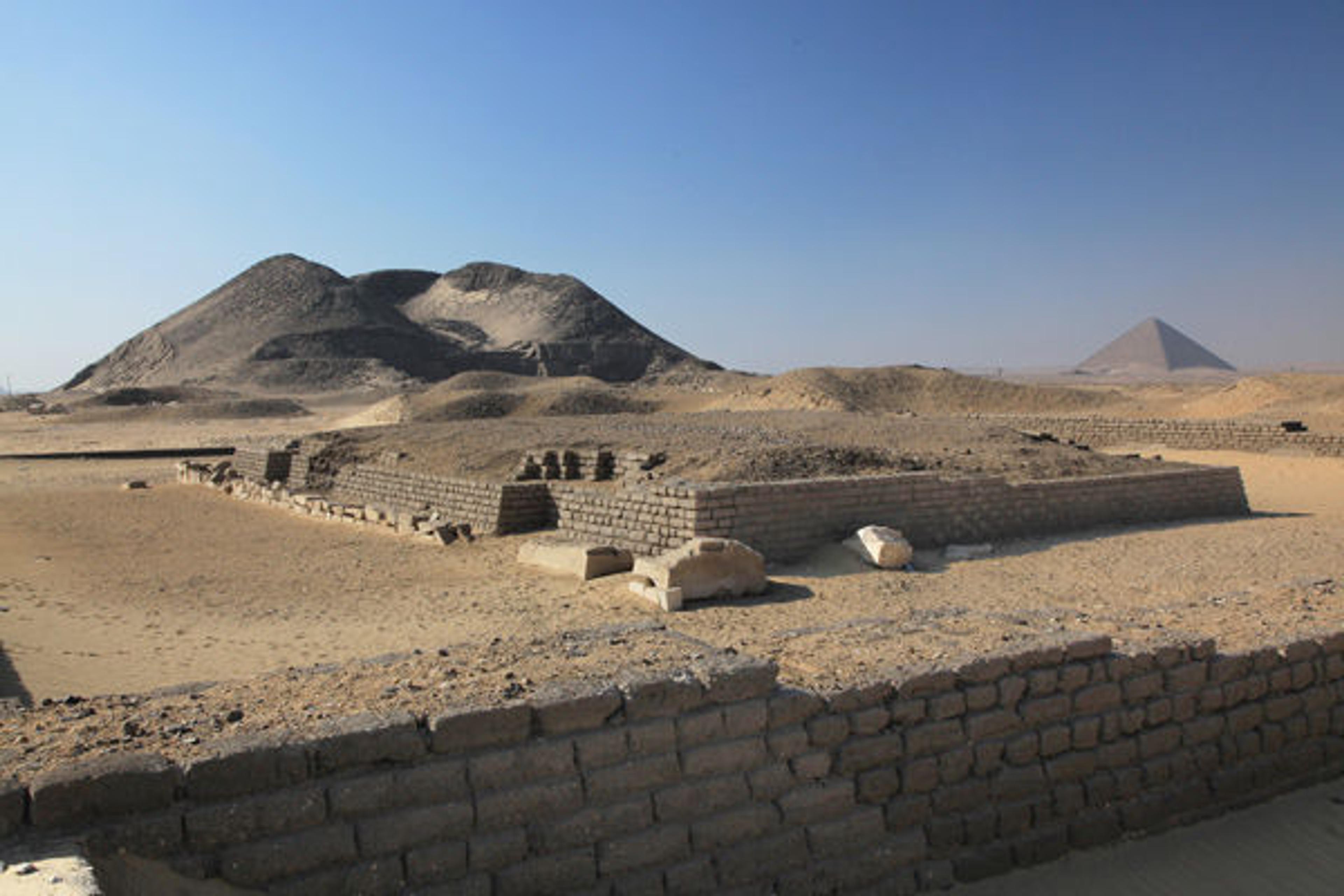
Fig. 2. Partially reconstructed mastaba of the high official Sobekemhat, with the pyramid of pharaoh Senwosret III behind it. The Dynasty 4 pyramid of Snefru is located to the right in the background. Photograph by Dieter Arnold
Fig. 3. Google Earth video of the Met's Senwosret III excavation. Video courtesy of Google Earth
The first step in the process of realizing the physical scaled model of the pyramid complex was the creation of a virtual 3D model, which was created by integrating the 2D plans of the site with the archaeological drawings, renderings, and photographs produced over the course of the excavation. The 3D virtual model allowed the Met's team of archaeologists, led by curator Dieter Arnold, to visualize the site as it appeared in the Middle Kingdom, and provided the groundwork for many interesting discussions about how the 3D data could better inform the understanding of the complex itself and the archaeological evidence that had been recorded with traditional 2D drawings. It was clear that the application of modern 3D modeling techniques could greatly enhance the traditional methods of analyzing an archaeological site.
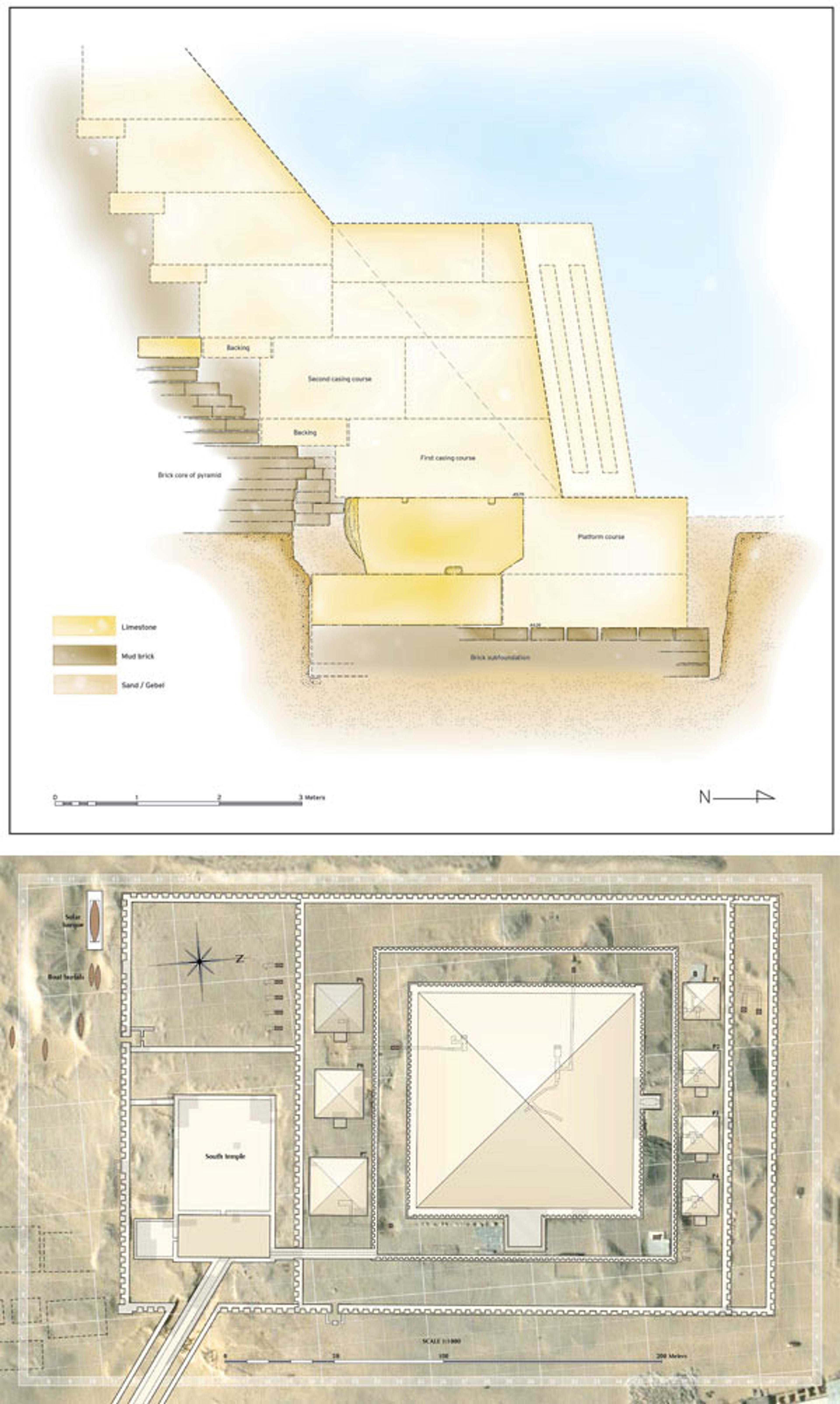
Fig. 4 (top). Two-dimensional drawing of the pyramid of King Senwosret III, north section facing west. Fig. 5 (bottom). Plan of the complex overlaid in Google Maps. Drawings by Sara Chen
The production of the virtual and physical model was entrusted to Ronald Street—the Met's senior manager of 3D Imaging, Molding, and Prototyping—who used several different software programs to develop the final NURBS-based virtual model. Computer modeling was developed and refined over the course of a year, culminating in the creation of a 3D virtual model of the pyramid complex at a 1:1 scale.
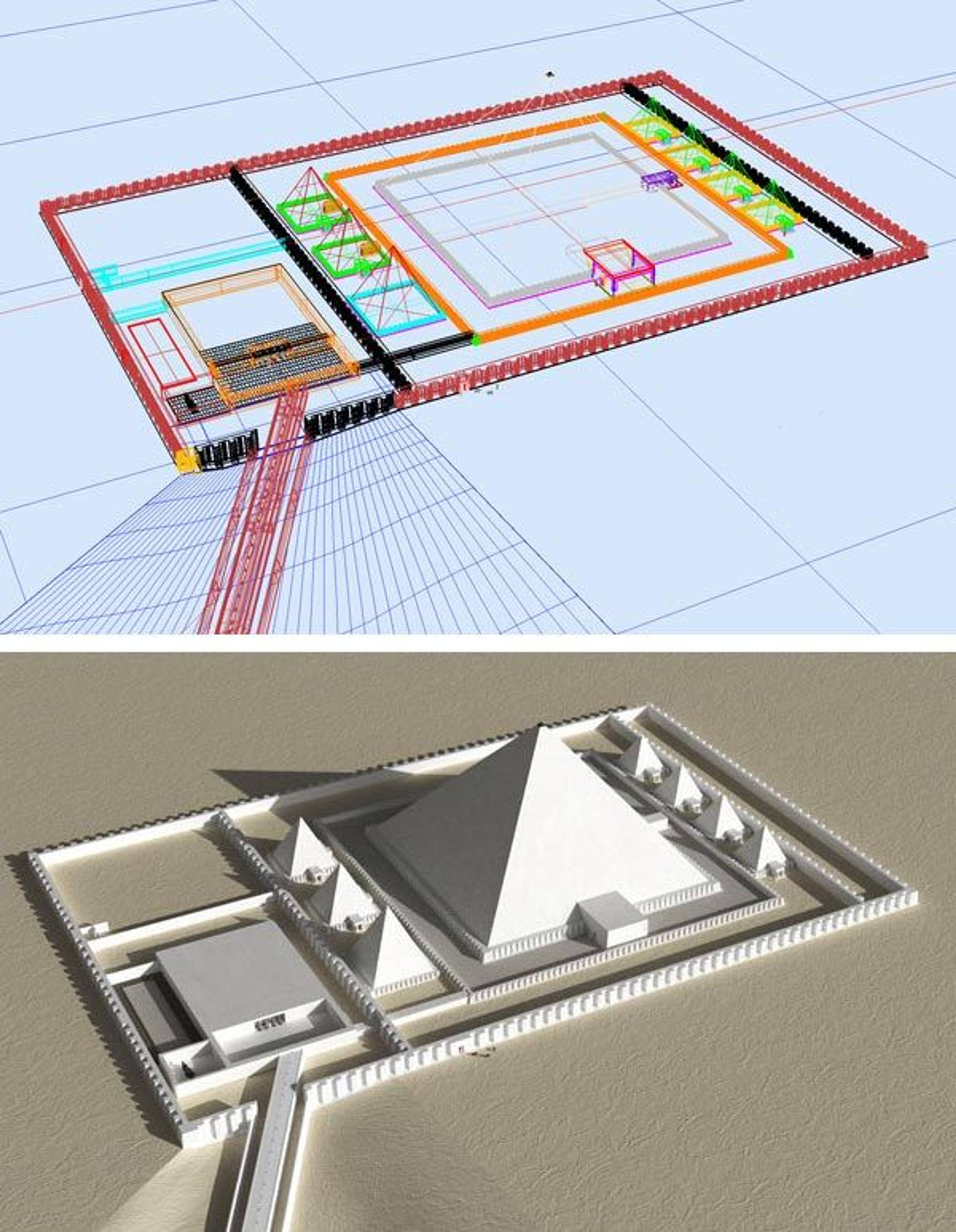
Fig. 6 (top). NURBS-based wireframe virtual model. Fig. 7 (bottom). Rendered virtual model. Images by Ronald Street
The 3D virtual model includes numerous details that are too small to be evident in the recreated physical model of the site, which is, of course, much smaller in size. Another great advantage of building a virtual model is that it can be updated as new archaeological evidence emerges during future excavations. For example, in the coming years the South Temple—which has been included only schematically in the virtual model as it is represented here—will be added as better information emerges.
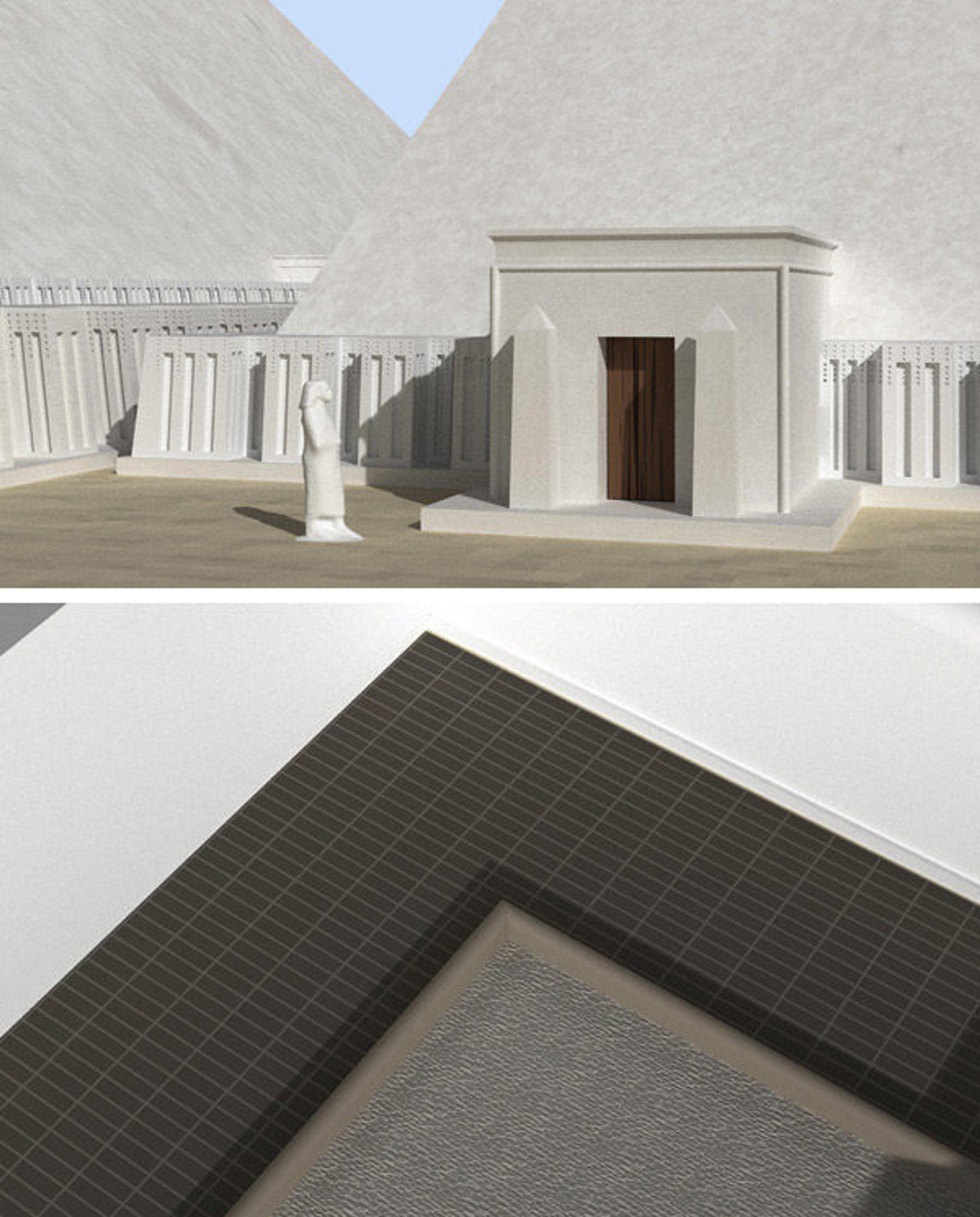
Fig. 8 (top). Detailed virtual rendering of the East Chapel of the fourth Queen's pyramid. Fig. 9 (bottom). Mudbrick pavement (black) and pebbles (gray) in a courtyard south of the South Temple. Images by Ronald Street
The 3D virtual model therefore allows us to visualize, in full scale, the entire pyramid complex as it was about 3,885 years ago.

Fig. 10 (top). Later outer enclosure wall, southeast corner and causeway, 2010. Photograph by Dieter Arnold. Fig. 11 (bottom). Virtual model of later outer enclosure wall, southeast corner and causeway. Image by Ronald Street
Fig. 12. Three-dimensional fly around of the virtual model of the pyramid complex of King Senwosret III. Video by Ronald Street
Translating the 3D virtual model into a 3D physical model was accomplished by means of traditional sculpting; model-making techniques and casting, carpentry, and faux painting also played a critical role in the producing the model in the exhibition. Photogrammetry and 3D virtual modeling allowed for the use of more modern methods of fabrication, which complemented the traditional methods of construction. Printing in 3D, which entails an additive manufacturing process, served to replicate the unique parts of the model.

Fig. 13 (top). Three-dimensional print of the first pyramid. Fig. 14 (bottom). Silicone rubber molds used for pressure-casting epoxy models of the first pyramid. Photographs by Ronald Street
Regularly used to reproduce sculptures in the Met's collection, photogrammetry is an essential technique in digitizing large objects, enabling objects to be reduced in scale and then printed in 3D. Photogrammetry was therefore an essential tool in printing and adding three-dimensional details to the physical and virtual model of the pyramid complex of King Senwosret III.
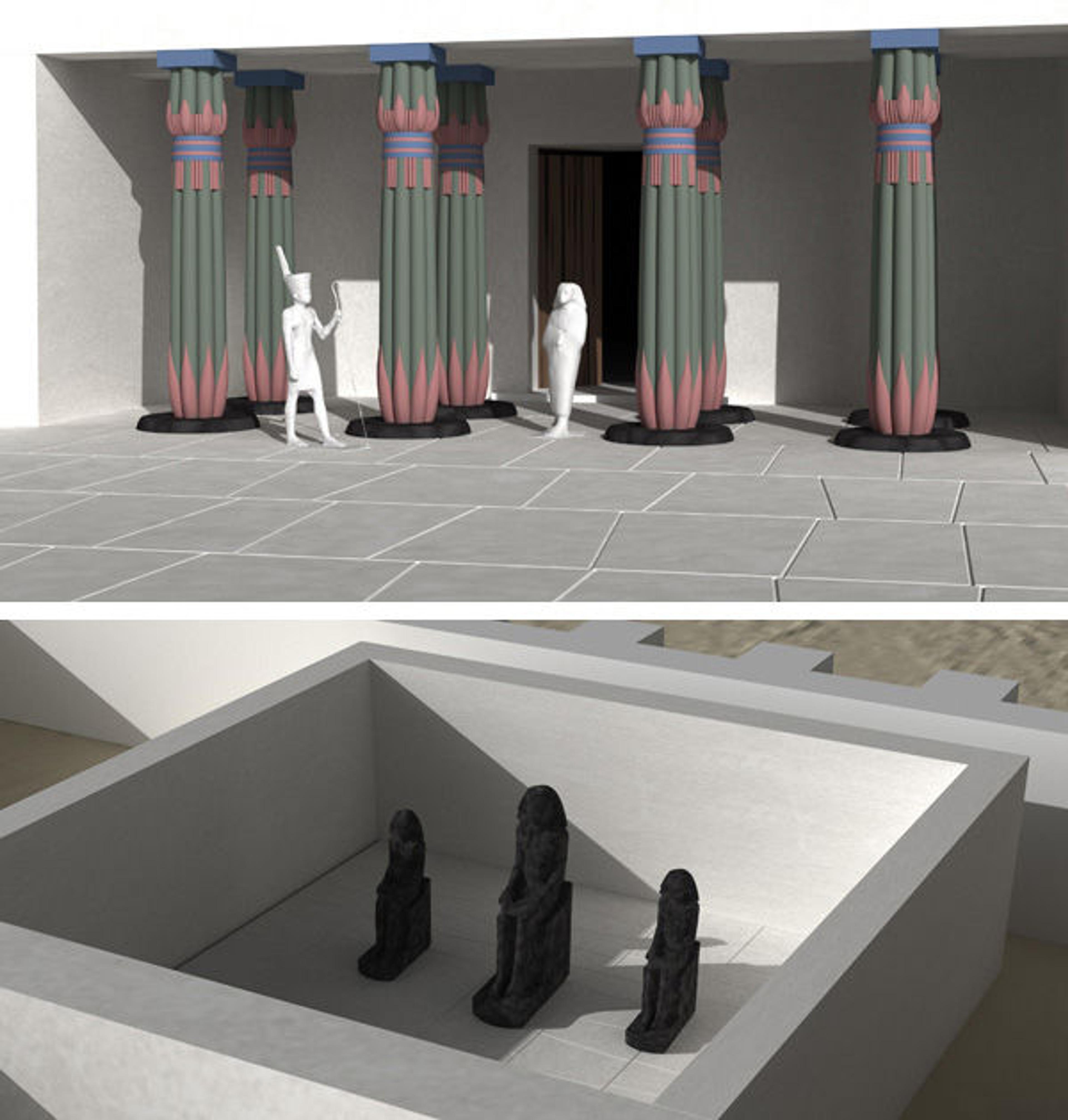
Figs. 15 (top) and 16 (bottom). Virtual model with scaled figures developed through the use of photogrammetry. Images by Ronald Street
As the physical model of the complex would have been too large to move from the studio at the Metropolitan Museum, where the elements were constructed, its final fabrication and assembly took place in the exhibition's gallery during the installation process.
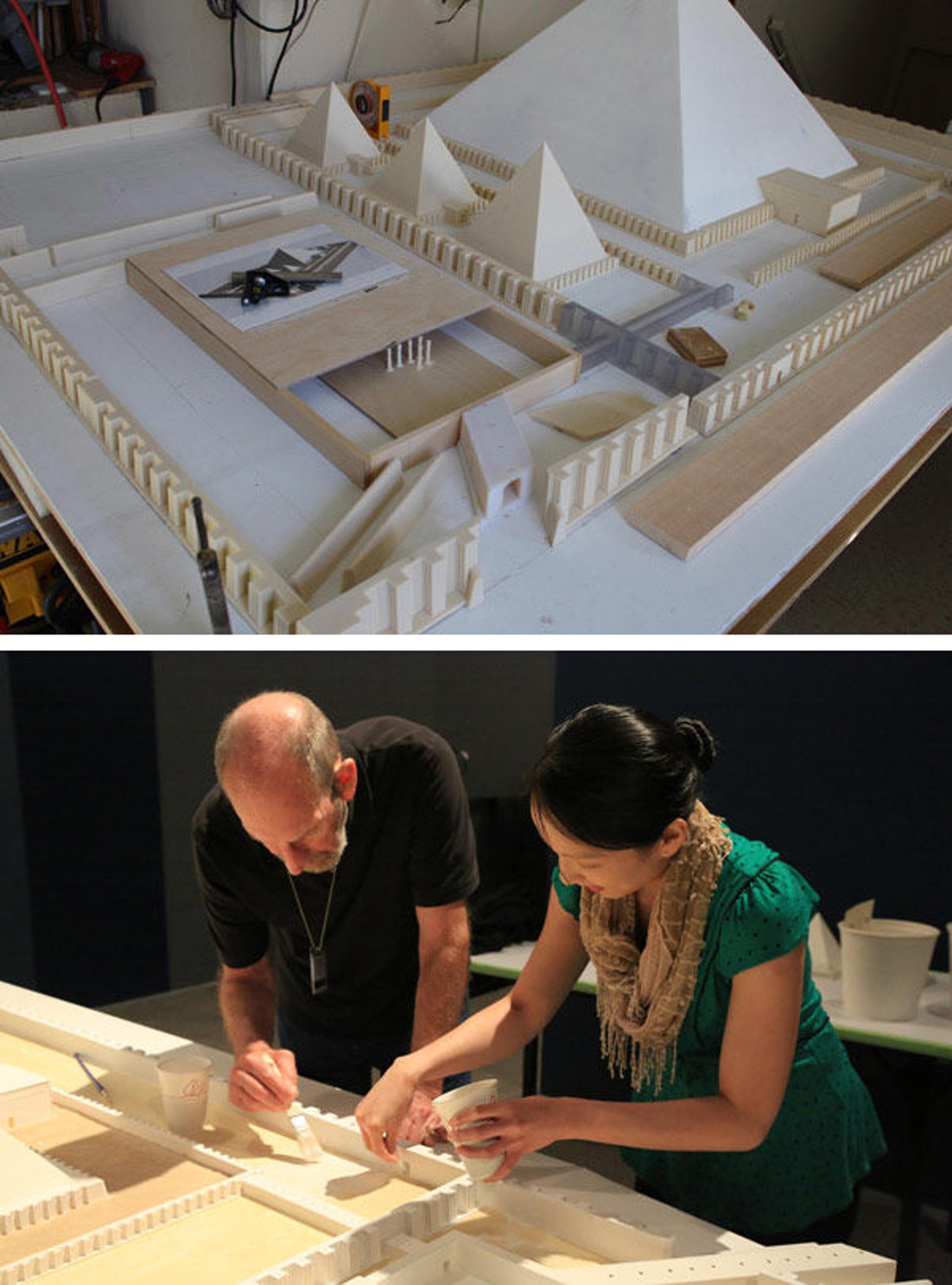
Fig. 17 (top). Model during final assembly. Photograph by Ronald Street. Fig. 18 (bottom). Sara Chen and Ronald Street apply sand to the surface of the model. Photograph by Dieter Arnold
The virtual and the physical models provide an important aid in interpreting and visualizing the evidence gathered by traditional archaeological records methods such as 2D drawings, photographs, and excavation reports. For visitors to Ancient Egypt Transformed, these models bring to life the beauty and complexity of Senwosret III's pyramid complex as it was nearly four thousand years ago.
Related Links
Ancient Egypt Transformed: The Middle Kingdom, on view October 12, 2015–January 24, 2016
Met Blogs: View all blog posts related to this exhibition.